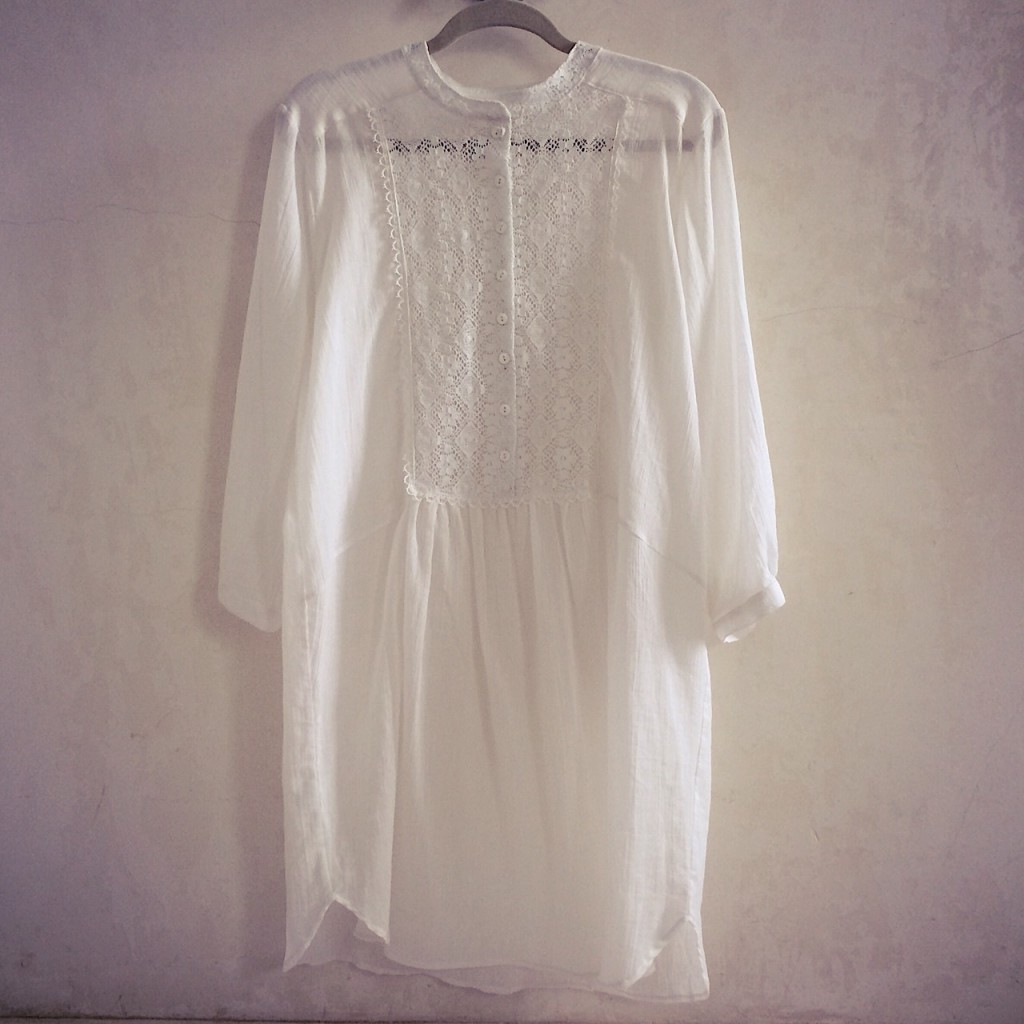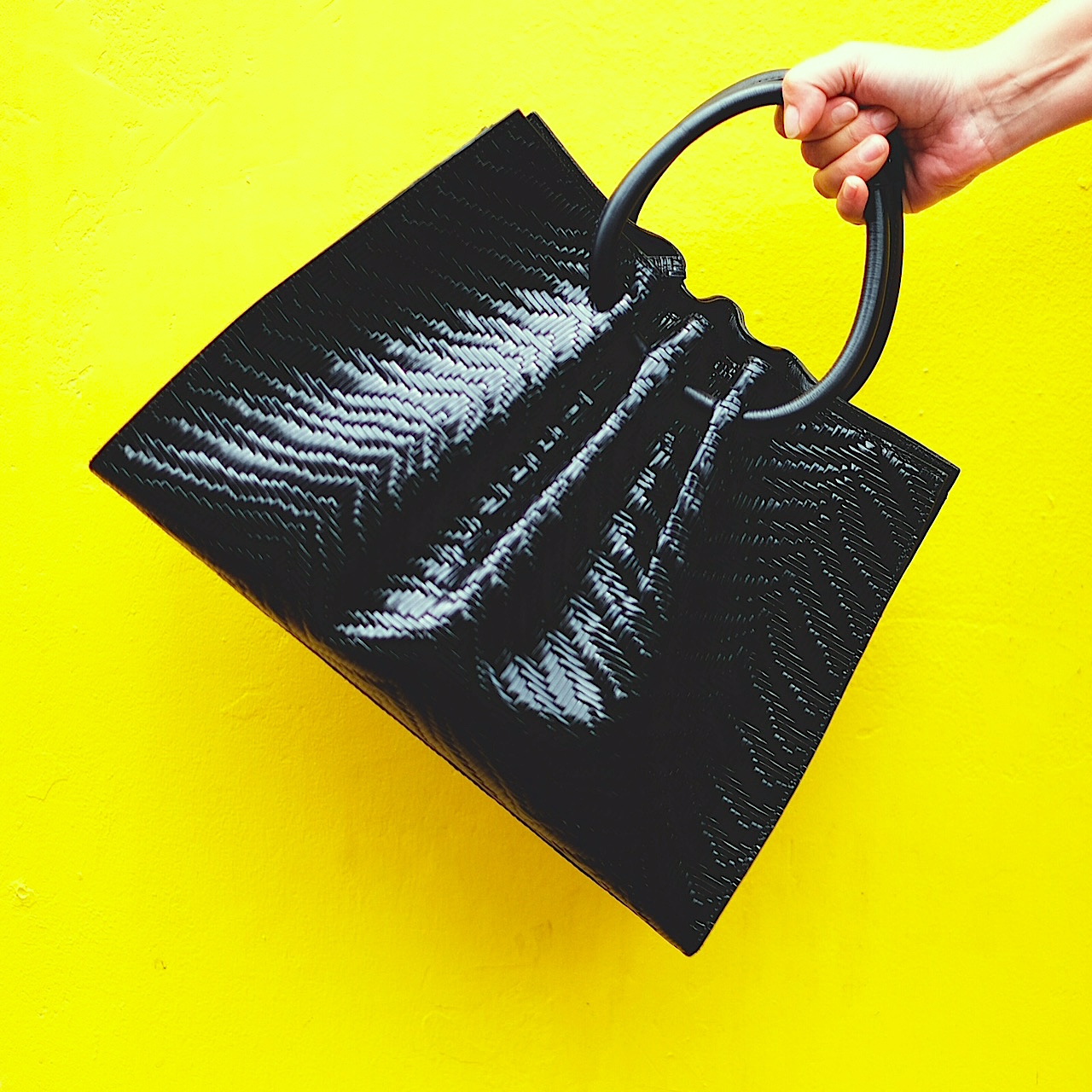You look at yourself in the mirror and you look at all your imperfections and it really degrades your self-confidence. Aimee – 15 years old
All photos by Karin Schermbrucker
Growing up, I had a pretty good self-image. The one thing that really bothered me though, were my stretch marks. Because I grew really quickly, I developed them almost overnight at around 12 years of age. I clearly remember being unreasonably preoccupied with them and thinking how awful they were when I looked at them. Even getting into a costume became an issue, as I felt so embarrassed. This was not something I shared with my mom, or even my friends.
Fast-forward 25 years and I’ve gained and lost weight, had a pregnancy and finally come to terms with my ‘marks of change’. They’ve now faded to silver grey and are barely visible. In fact, I hadn’t thought of them in years.
That was until I attended a very interesting workshop by Bio-Oil that focused on this topic. Also, I have an almost 11-year-old daughter who will hit puberty soon. I want to empower her with knowledge about stretch marks – like why they occur and how to prevent them.
Stretch marks are a kind of scar tissue – basically a tiny tear in the dermal layer that results in scar formation. They are most common during adolescence, pregnancy and when there is rapid weight gain and loss. They can affect both sexes. Interestingly enough, in male adolescents, bodybuilding can be a factor as a sudden gain in muscle mass can lend itself to stretch mark formation.
According to renowned dermatologist, Dr Ayesha Moolla, adolescent stretch marks are related to sudden and dramatic growth spurts. They tend to occur between 12 to 18 years of age, although they can be seen in children as young as ten. According to the literature, approximately 70% of teenage girls and 40% of teenage boys get with stretch marks.
My first reaction to my stretch marks was, “oh my gosh, what are these? How am I meant to walk out confidently in a bikini with these defects!” But I had to accept that these stretch marks weren’t a defect, they represented me growing and maturing. They were my little steps into womanhood – Sam, 17 years old
So, how best can parents talk to children about theses physical changes, without highlighting flaws they may feel self-conscious about?
Clinical psychologist, Maropeng Ralenala says that it’s vital that adolescents feel heard, acknowledged and understood. “The parent’s most important role is to provide a safe and secure environment where the child feels free and safe to ask questions,” says Dr Ralenala. She goes on to explain that it’s imperative to give information in a loving and educational way.
Accept your child totally and help them to express negative emotion. Don’t dismiss their feelings, or say, “it’s no big deal, you’ll be fine”. Acknowledge what they are going through, because it is a real crisis for them. Understand, listen, give information, accept them as they are and help them to love themselves.
She also says that during adolescence, there may be what seems to be an irrational preoccupation with appearance. As children develop into womanhood or manhood, there is a lot of focus on physical appearance and comparison. There is often very little understanding of what’s happening to their bodies. The increased body focus combined with lack of understanding can lead to dysfunctional feelings. In the most extreme cases this can even lead to the development of body image disorders like anorexia and bulimia nervosa.
The boys at school are really judgmental of the girls, it’s all about looks and weight. You need to fit into the crowd and if you don’t, they will make fun of you. Kayla, 15 years old (left) and Fikiswa -16 years old (right)
So, the million Dollar question…Can you prevent stretch marks?
Dr Moola says you can, by maintaining a healthy weight and eating a balanced diet rich in food and nutrients that are good for skin health. Drinking plenty of water is also advocated to keep the skin hydrated from the inside. Twice a day, massage areas that are prone to stretch marks using good quality oils like Bio-Oil, a moisturizer or even an emollient. The massaging action allows the skin to become more pliant and more hydrated.
There are also supplements that can help with the prevention of stretch marks, such as vitamin C and E. Old stretch marks that are no longer pink or red are more resistant to treatment so the old adage of ‘prevention is better than cure’, rings true.
It’s important to remember that as parents, we are our children’s greatest role models. If we stand in front of the mirror and criticize our bodies, or obsess about our eating habits, we are showing our children it’s okay to do this. And it’s not. Lets rather celebrate how we look – flaws and all, and encourage an open line of communication.
GIVEAWAY
Tell me about your experience with your stretch marks and you could win a Bio-Oil hamper consisting of 3 bottles of Bio-Oil (60ml, 125ml and 200ml – valued at R250 in total) as well as this beautiful white cotton caftan (pictured above) from Desray Clothing, valued at R800. Leave your comment below this post and be sure to include your e-mail address (only I can see it) so I can contact you, should you be the winner. I’ll announce the winners name on Tuesday 30 September.






